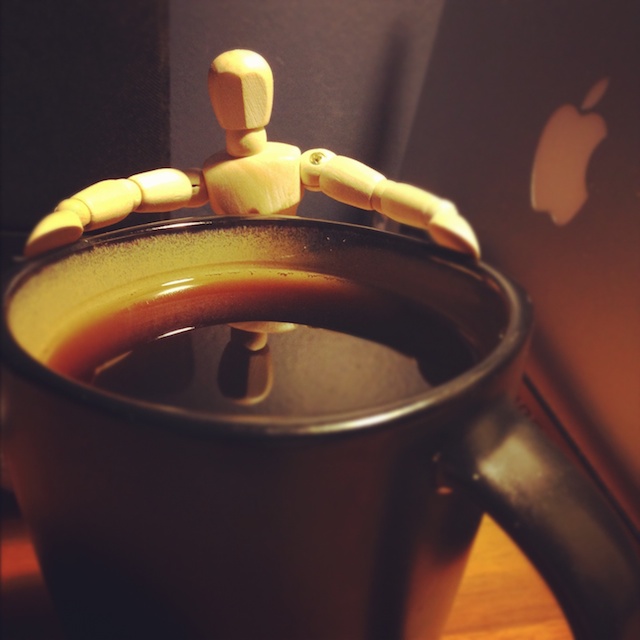Robert Bringhurst’s 20th anniversary edition of The Elements of Typographic Style (version 4.0) is a pleasure to read, breathing life into letterforms with his rumination on typography design principles. The Poetry Foundation, publisher of Poetry magazine, describes Bringhurst as one of Canada’s most revered poets, as well as a typographer, translator, cultural historian, and linguist.
On designing a title page:
“Think of the blank page as alpine meadow, or as the purity of undifferentiated being. The typographer enters this space and must change it. The reader will enter it later, to see what the typographer has done. The underlying truth of the blank page must be infringed, but it must never altogether disappear – and whatever displaces it might well aim to be as lively and peaceful as that original blank page. It is not enough, when building a title page, to merely unload some big, prefabricated letters into the center of the space, nor to dig a few holes in the silence with typographic heavy machinery and then move on. Big type, even huge type, can be beautiful and useful. But poise is usually far more important than size – and poise consists primarily of emptiness. Typographically, poise is made of white space. Many fine title pages consist of a modest line or two near the top, and a line or two near the bottom, with little or nothing more than taut, balanced white space in between.” (p 61)
On automation versus the pleasure of kerning by hand:
“Binomial kerning tables are powerful and useful typographic tools, but they eliminate neither the need nor the pleasure of making final adjustments by hand.” (p 34)
And one more quote on bringing a book to life for human readers:
“A book is a flexible mirror of the mind and the body. Its overall size and proportions, the color and texture of the paper, the sound it makes as the pages turn, and the smell of the paper, adhesive and ink, all lend with the size and form and placement of the type to reveal a little about the world in which it was made. If the book appears to be only a paper machine, produced at their own convenience by other machines, only machines will want to read it.” (p 143)
For a book about visual elements, the physical features of the book itself are a joy to any reader’s sense of touch. The archival quality pages are free of acid, produced from sustainable materials, and smooth velvet to the fingertips. The cover, likewise. Bringhurst’s book is a treasure to see, a pleasure to touch, and a joy to read.
